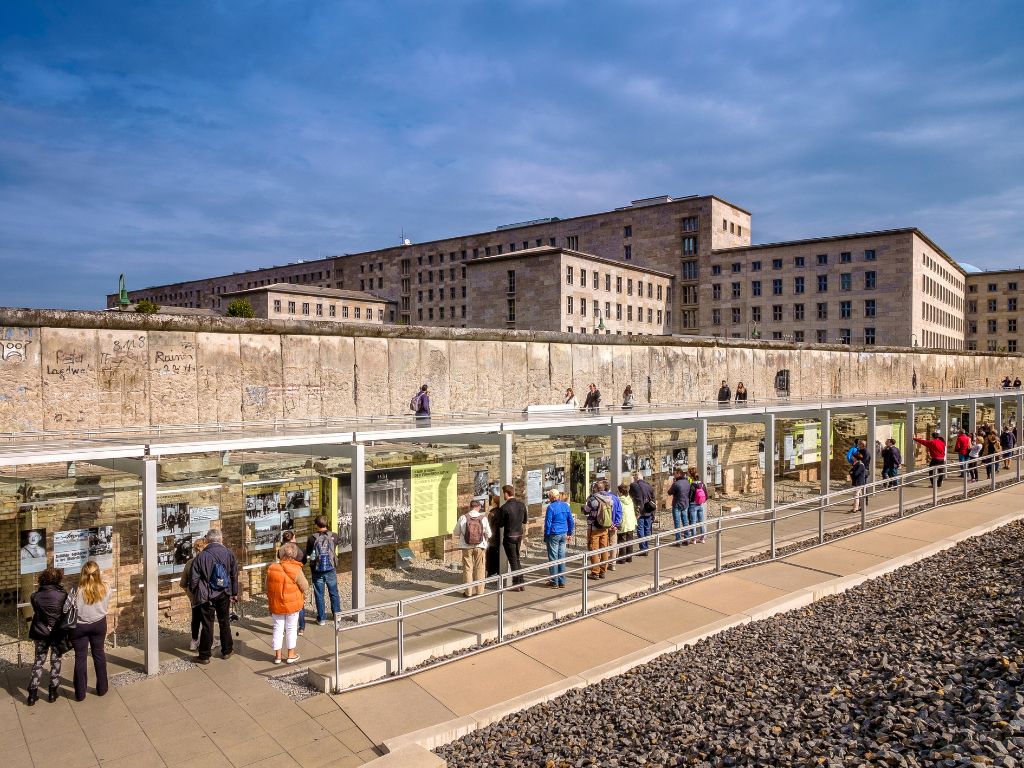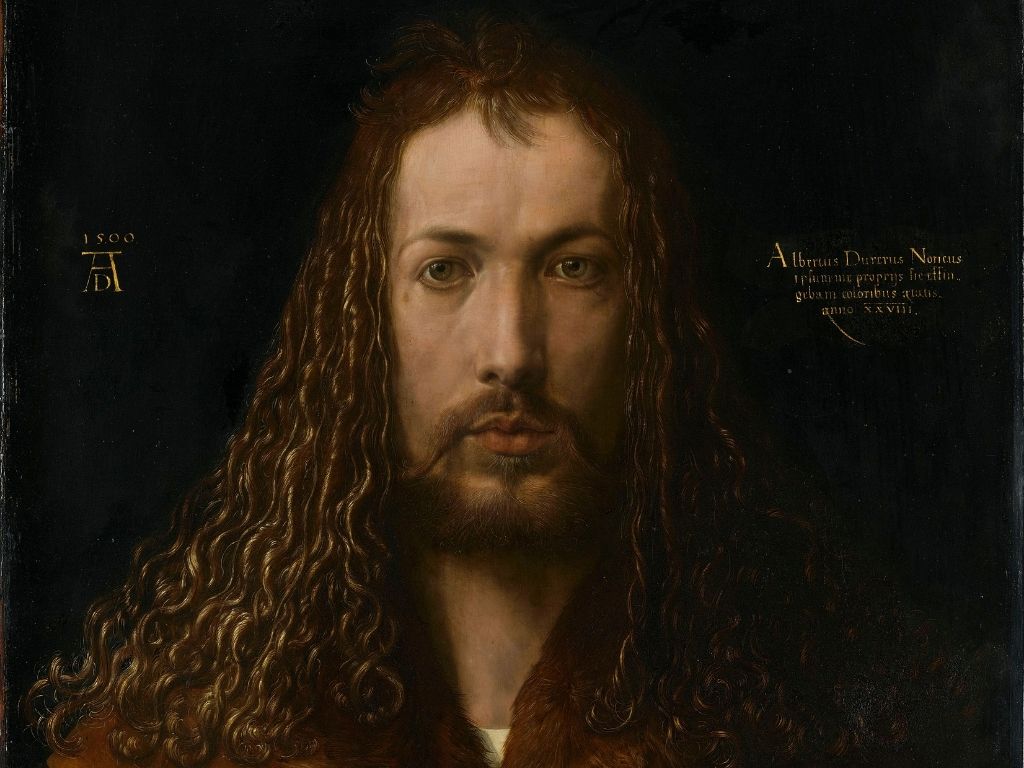The Topography of Terror Museum in Berlin is a stark reminder of the tragedies of World War II. It is situated on the former site of the headquarters of the Gestapo, SS, and Reich Security Main Office during the Nazi regime. The museum focuses on educating visitors about the crimes and atrocities committed by the Nazis between 1933 and 1945.
The Topography of Terror Museum serves as a poignant reminder of the crimes committed during the Nazi era and aims to promote understanding, reflection, and remembrance. One of the most meaningful ways to visit this space and learn about its significance is on a guided tour.
Planning Your Visit to the Topography of Terror Museum
The museum occupies the space where Nazi security institutions once stood, so it is a chilling experience to walk the halls and grounds. The exhibition spans indoor and outdoor areas, and the outdoor areas feature the remnants of the original foundation walls, which have been preserved to provide a physical connection to the past. Visitors can walk along the excavated cellars and foundations of the buildings, giving them a sense of the scale and layout of the former Nazi complex.
The museum has various exhibits, photographs, documents, and multimedia presentations that provide a comprehensive account of the Nazi terror apparatus. The displays cover topics such as the rise of the Nazi party, the persecution and extermination of Jewish people, the system of concentration camps, and the overall machinery of terror implemented by the Nazi regime. The museum also delves into the role of the SS, Gestapo, and other organizations involved in the Holocaust and the repression of dissent.
The museum is open daily from 10 a.m. to 8 p.m., and it is closed for public holidays. Please note there is no parking onsite, so it’s recommended that you take public transportation. Admission to the Topography of Terror Museum is free.
It’s essential to allocate sufficient time to fully understand and reflect on the exhibits, as they are emotional and deeply impactful.

The Benefits of a Private Guided Tour
Because there is so much history and nuance to this museum, you can gain much deeper insight into the area’s history with a guided tour led by a knowledgeable history expert. Context tours allow you to tailor the tour to your group’s interests and questions, which makes the experience much more personalized.
Your expert tour guide will also offer in-depth information about Nazi Berlin and the continued effects of this tragic era. Because this tour focuses on such an emotional topic, a guided tour also offers additional historical context and a focus on managing these topics delicately and sensitively.
The guided tour includes additional sites, like the Memorial to the Murdered Jews of Europe, Reich Main Security Office, Former Luftwaffe Headquarters, Site of Hitler's Bunker, and Reichstag exterior.
Exploring Berlin's Nazi History with Context Travel
The tour begins at the iconic columns of the Brandenburg Gate, one of the main boulevards in the proposed designs for Berlin’s urbanization as the Third Reich’s capital. From there, you’ll travel to the memorial of the central tragedy of the Nazi regime: Peter Eisenman’s Memorial to the Murdered Jews of Europe.
The memorial consists of 2,711 concrete slabs, known as stelae, arranged in a grid pattern on undulating ground. The stelae vary in height, with the ground sloping downwards towards the memorial's center. As visitors walk through the memorial, the ground beneath their feet rises and falls, creating an unsettling and disorienting experience.
The memorial's design is open to interpretation, and its abstract nature allows visitors to reflect upon the magnitude and gravity of the Holocaust in their own way. It aims to convey a sense of unease, isolation, and remembrance.
Your walk through the former government quarter of Berlin will include many other sites, memorials, and works of architecture, including the former site of Hitler’s Chancellery, the (now built-over) location of the Führerbunker, the former Reich Ministry of Aviation (Luftwaffe), and other major offices that played a central role in the war.
The tour concludes outside the Topography of Terror. You have the option of visiting the exhibition after the tour is over. Rather than trying to serve as a final statement about the horrors of Germany’s history, the exhibition is a self-conscious effort to engage in active conversations about what transpired and help visitors comprehend the tragedies and horrors of the past.

Visiting the Topography of Terror Museum
Understanding Berlin’s dark past is vital to learning about its evolution and connection to the present.
Visitors who want to fully understand Berlin’s history should consider a Berlin guided tour. The expert guide can lead you through a somber subject with sensitivity and deep historical knowledge as you literally walk through history.
Embark on a journey of education that will enhance your understanding of history and allow you to reflect on what it means both for individuals and humanity as a whole.
You Might Also Like:













